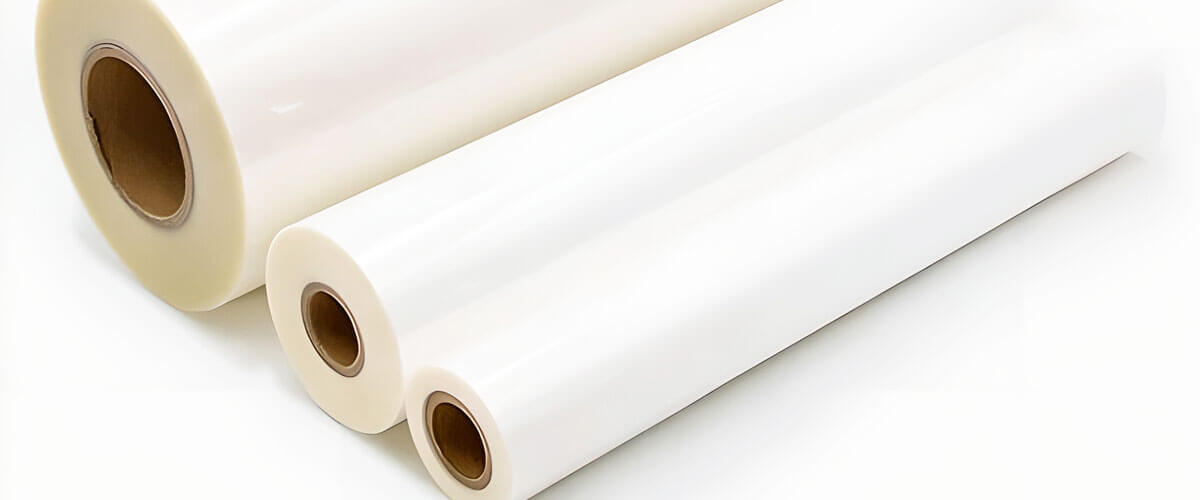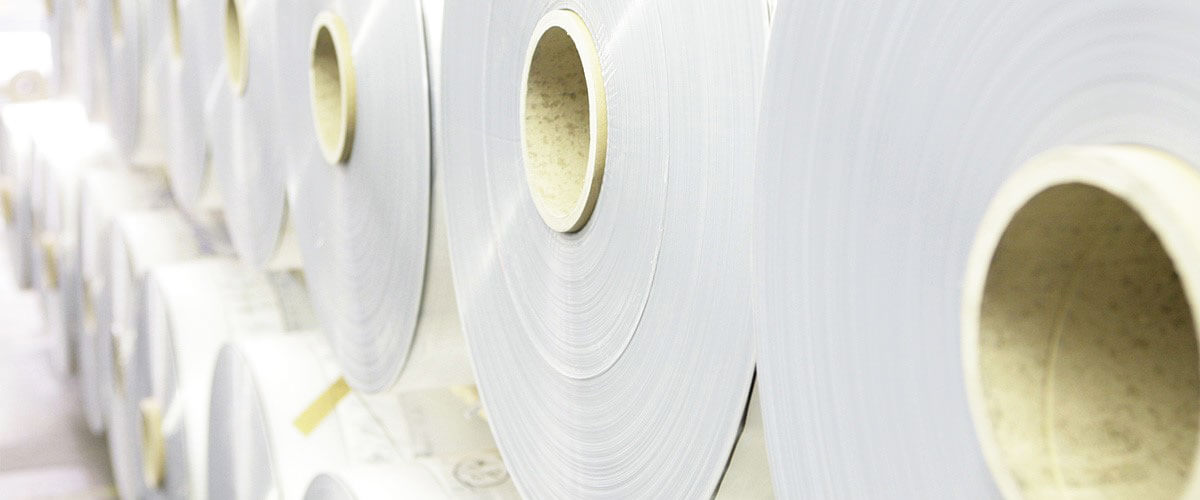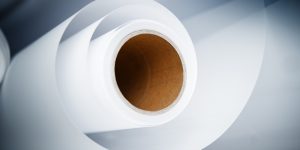Laminating sheet thickness plays a critical role in determining the overall quality and durability of laminated materials. Whether you are preserving important documents, creating vibrant signage, or enhancing the appearance of printed materials, understanding the intricacies of laminating film thicknesses is essential.
The thinner film provides greater flexibility but may be less durable, while the thicker film offers enhanced protection and rigidity. It is important to consider the specific requirements of each project and select the appropriate film thickness to achieve optimal results.
In this comprehensive guide, I will delve into the various aspects of laminating sheet thickness, exploring its impact on protection, flexibility, and visual appeal.
Types of laminating film thicknesses

Laminating film thicknesses are available in various options, each offering distinct characteristics and applications. Based on my experience, I can claim that understanding the differences between these thicknesses is important to select the right one for your specific needs. When it comes to laminating film thickness, one common comparison is 3 mil vs 5 mil lamination. So, let’s explore some common laminating film thicknesses and their unique features:
| Thickness | Common uses | Features |
|---|---|---|
| 1.5 Mil | Preserving documents, ID badges, laminating photos | Thin, flexible, moderate protection |
| 3 Mil | Restaurant menus, classroom materials, presentation covers | Durable, moderate rigidity |
| 5 Mil | Frequently referenced documents, outdoor signs, reference materials | Enhanced durability, substantial protection |
| 7 Mil | Identification cards, luggage tags, frequently accessed reference materials | Sturdy, heavy handling, extra durability |
| 10 Mil | Outdoor signage, restaurant menus, and materials in harsh environments | Maximum rigidity, exceptional durability |
Choosing the right film thickness

When it comes to selecting the appropriate laminating film thickness, there are several factors to consider. Understanding these factors, debunking common misconceptions, and following helpful tips will guide you in choosing the right thickness for your specific laminating needs.
Factors to consider:
- Purpose and usage: Determine the intended use of the laminated material. Is it for long-term preservation, frequent handling, or outdoor display? Each purpose may require a different level of protection and durability.
- Document thickness: Consider the thickness of the original document. Thicker documents may require a thicker laminating film to ensure a proper seal and prevent curling or warping.
- Handling and flexibility: Assess how the laminated item will be handled. If flexibility is important, opt for thinner films. Thicker films offer more rigidity but may limit flexibility.
- Environmental factors: Take into account the environment in which the laminated material will be used. If it is exposed to moisture, UV rays, or extreme temperatures, choose a thicker film for enhanced protection.
Common misconceptions and mistakes:
- Thicker is always better: While thicker films provide greater durability, they may not be necessary for every application. Using excessively thick film can make the laminated item rigid and difficult to handle.
- One size fits all: Different projects have different requirements. Don’t assume that the same thickness that worked for one project will be suitable for all. Evaluate each project individually.
- Neglecting document thickness: For optimal results, consider the thickness of the original document when choosing the laminating film thickness. Mismatched thicknesses can lead to poor adhesion or undesirable outcomes.
Tips for selecting the right thickness:
- Test before laminating: If unsure about the ideal thickness, conduct a small test by laminating a sample piece. This will help determine the desired level of protection, rigidity, and flexibility.
- Consider a range of thicknesses: Instead of sticking to a single thickness, have a selection of laminating films in different thicknesses to cater to various projects and requirements.
- Seek manufacturer recommendations: Consult the manufacturer’s guidelines and recommendations for your laminating machine. They can provide insights into the suitable thicknesses and settings.
- Ask for expert advice: If in doubt, reach out to laminating film suppliers or industry experts who can provide personalized recommendations based on your specific needs.
By considering the factors mentioned above, avoiding common misconceptions, and following these helpful tips, you can confidently choose the right laminating film thickness for each project, ensuring the desired level of protection, durability, and flexibility.
We are supported by our audience. When you purchase through links on our site, we may earn an affiliate commission at no extra cost to you.
Our newsletter
* We will never send you spam or share your email with third parties












